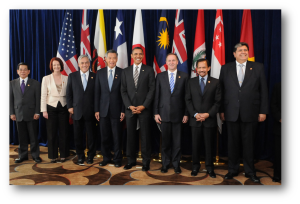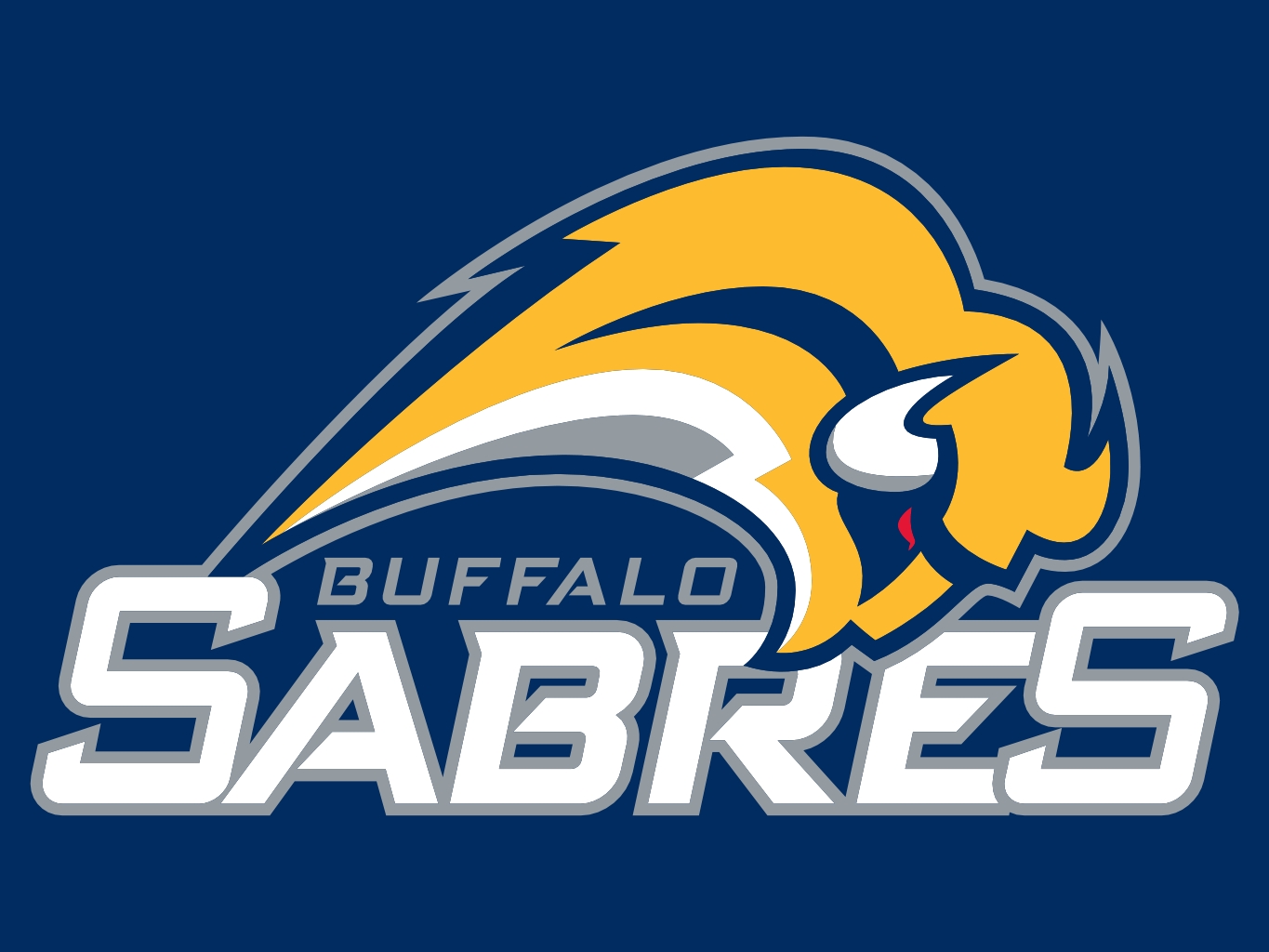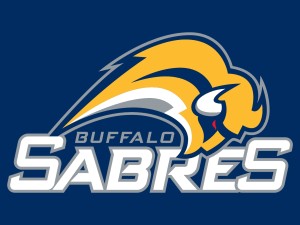 By: Wladimir Sarmiento
By: Wladimir Sarmiento
If you’ve ever been curious to know how your fellow peers would vote in 2016 if they could, now you have the answer.
The East Side News recently conducted a poll of the student population at our school concerning the upcoming election. Students were asked two questions: Which candidate would you vote for? (with 453 responses) and Who do you think will win the presidency? (with 394 responses). It is worth noting that the poll was conducted after the second Republican debate and before the first Democratic debate, so the views of the students may very well be changed now after seeing some of the Democratic candidates speaking. In addition, some students said they did not feel they were not informed enough to say who they think will win the election, which is why the number of votes for that question is fewer. We will certainly revisit the topic in a few months to see if extensive campaigning changes the student’s mindset at all.
In simple terms of political parties, it appears that a slight majority of the school population would be voting for one of the major Republican candidates, with around 54% of the students selecting a Republican candidate and around 46% choosing a Democratic candidate when asked who they would vote for. This number could be much higher, since it is likely that most of the students that selected the “other” option had one of the Republican candidates that we didn’t have space to include in mind.
Upon further examination, however, the results get very intriguing. By far, Donald Trump and Bernie Sanders are the two leading candidates popularity amongst East students, with Hillary Clinton trailing as a distant third. This differs greatly from a national poll conducted by Public Policy Polling, which places Trump and Clinton at around an equal amount of support if they were to compete as each of their respective party’s nominees in 2016. It also deviates from national polls showing Sanders consistently behind Clinton by a margin of almost 20% on average.
Of the Republican nominees, it is worth noting that Trump is the only candidate for the party with any substantial amount of votes in either poll. When asked about Trump’s incredible popularity, the general consensus of various teachers and students seems to be that people are attracted to the way he speaks his mind despite how politically correct or popular his views might be. This, combined with the extreme amount of media attention he has been getting, is almost certainly the cause for his popularity both in national polls and in our own community.
While Trump’s popularity does not differ from national polls, and is probably caused by his already-dwindling explosion of popularity over the summer after extended media attention, the choice of Bernie Sanders as the second most popular candidate in our school makes a strong statement about how his views on the duties of the government to support social and economic welfare resonate with the youth of our country. Senior Eli Troen said about why he would vote for Sanders in 2016, “Bernie Sanders is more consistently set upon ideals that are in line with mine… I think individuals should have social rights, those are more important than many other things in the government.” Junior William Zhang gave a similar view on Sanders saying, “He’s more concerned about social issues, especially universal health care. I just think that’s extremely important.”
Interestingly, however, these views are very much in line with those of adults at East that support Bernie Sanders. Clearly his left-wing policies resonate equally well with voters of many ages. On the topic of Sanders’ popularity with voters, English teacher Mr. Maciejewski said, “He has a populist message that people seem to like… He’s one of the few politicians I’ve ever followed who has been consistent his entire career and is not afraid to say, ‘This is what I believe, you might think socialism is a dirty word. It’s not.’” It’s telling that a philosophy like socialism, which for decades has been considered a dirty label that will make any candidate in the United States unelectable, is actually what is propelling Bernie Sanders forward in popularity polls. In this way, his popularity is not unlike that of Trump’s: people seem to really resonate with a candidate who is not afraid to speak their mind no matter if their opinion will be, popular or not. This, combined with his consistency and attitude on certain issues certainly plays a role in his popularity.
Another interesting observation we can draw from the results is that the school’s opinion on who will actually win the election seems to be much more aligned with national polls about who people would vote for, indicating that the student body in our school is really quite politically informed and is able to separate their own views from the views of everyone else in a realistic manner. The main example of this is Hillary Clinton, who despite relatively low ratings in the popularity poll polled in second place to Donald Trump when students were asked to make a prediction for the winner of the election next year. Social studies teacher Dr. Redmond had the following to say as to Hillary’s popularity, “I think demographics are in [Hillary Clinton’s] favor, particularly the growing Hispanic population. The typical Democratic coalition is growing while the typical Republican coalition is shrinking…until the Republicans change that, they’re going to have a hard time winning Presidential elections. I don’t think Clinton is a strong campaigner however, but it’s all just demographics.”
Dr. Redmond’s analysis certainly seems to be shared by many of the students at East who believe Hillary is by far the most likely Democratic candidate for 2016. It’s intriguing that the youth in our community, who according to the polls prefer Sanders greatly over Clinton, also seem to be for the most part accepting of the fact that Clinton’s greater appeal to women and minorities make her a much more likely winner of the election than Sanders. This said, many students we interviewed shared similar concerns about Clinton’s perceived honesty. Senior Maggie Moran said in response to another student’s defense of Clinton, “What about Benghazi? She’s just deceitful.” Junior Eisa Hashmi echoed her statement, saying, “She doesn’t seem genuine. Bernie Sanders seems like he actually cares. I think she’s more popular because she’s just more moderate than Bernie.”
This election season has seen unprecedented amounts of popular attention directed at the candidates extremely early on in the election process. Positive or not, this attention has garnered people’s interest in the campaigns for various candidates, including many American youth. In our own East High School, we have seen incredible amounts of political conversation and discussion going on between both students and staff.



















